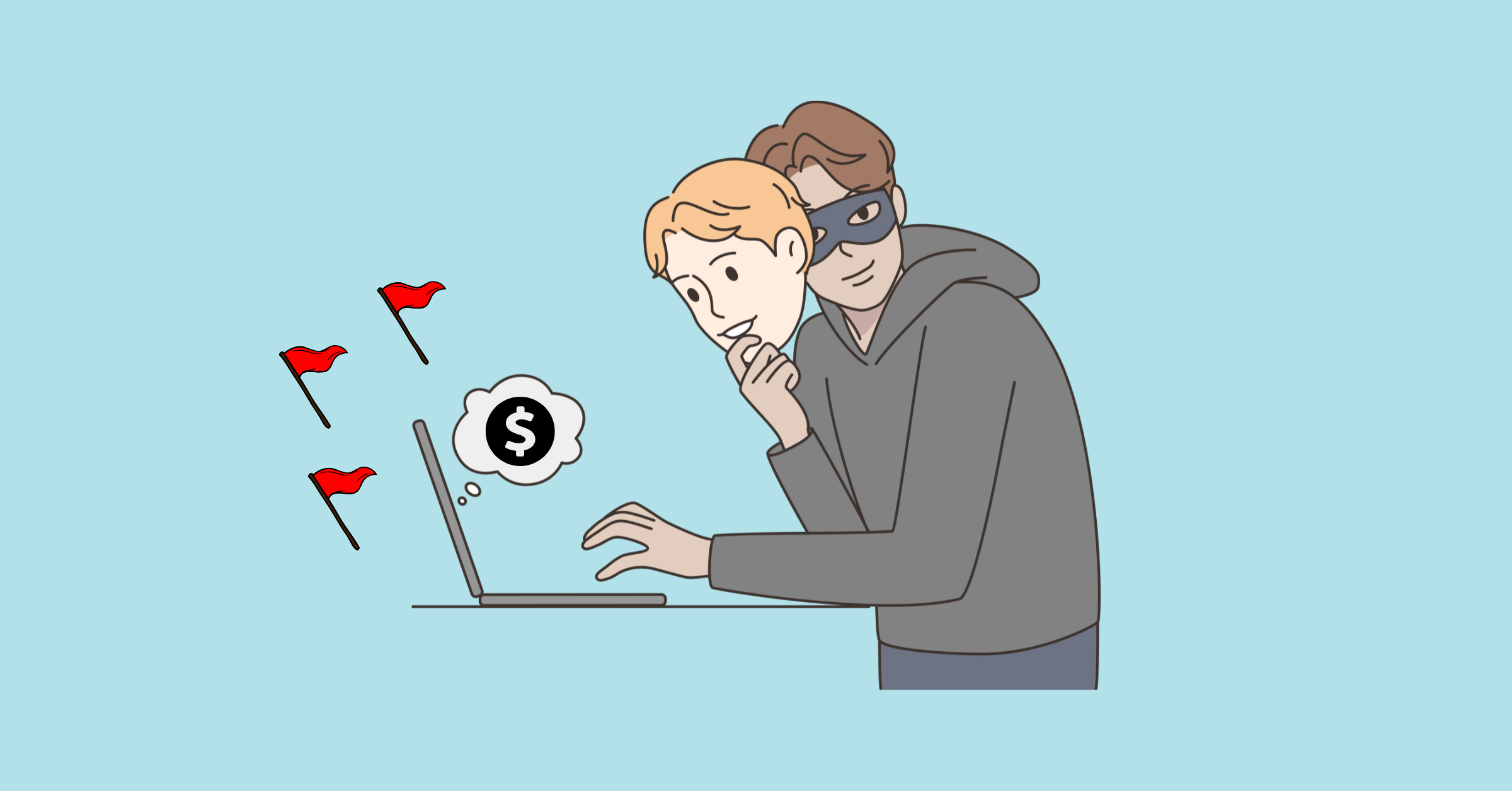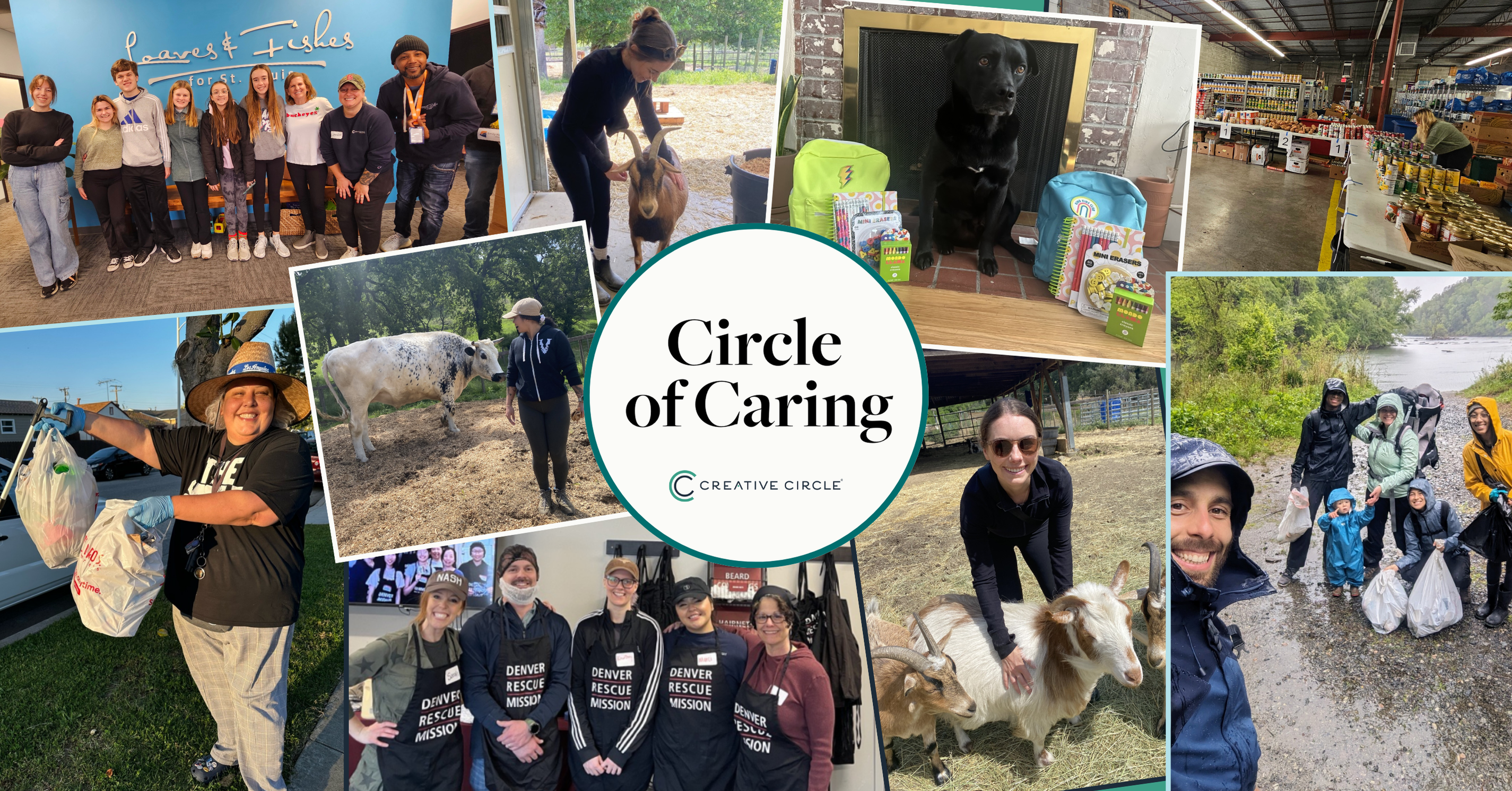Back away from the internet, dear reader. If you want to get more done, you may have to do less. It seems the greatest life hack we have for improving brain function, is giving it a goddamn break. As a productivity-focused society, we often want to be more efficient and focused. All anyone wants is to get more done, but the science has come back to let us know that in actuality, it’s our rest states that boost creativity and mental output.
When we are actively focused, the dorsal attention network, or DAT, is what’s actively firing away. When the mind wanders and we are awake but not necessarily focused, we slide into the DMN, or default mode network, and a ton of brain activity occurs there, too — like most of our processing, daydreaming, etc. Our brain functions best when it has the space to oscillate between these two states (which it does via the temporal circuit) so if you’ve ever felt bad for getting distracted in the middle of number crunching, coding, or planning and feel guilty about it, you may be comforted to learn your brain was designed to work that way.
Not all distractions are created equal. There are ways to get in your rest and distraction in a way that nourishes your mind and body better than say, binge watching stand-up comedy clips on YouTube or scrolling through Instagram. Our mind needs flexibility and freedom from screens and certain stimuli to truly tap into essential downtime. Here are a few ways to tune in and drop out of your mental mind games.
Take a specific nap
To get a several-hour-long energy boost, 5-15 minutes will suffice. Any more and you risk getting into that weird groggy zone because the brain will start a sleep cycle. If you want something deeper, like a high performance creative boost, REM is required, so a solid 90 minutes will be necessary. That’s enough to dream and move into wakefulness before the next cycle starts. Don’t go longer that that or else you end up in those weird “what dimension am I in?” places. Yikes.
Go for a walk … but let loose
Giving your brain time to unravel while the body moves can boost creativity for most (and increase test scores for some). If you can get outdoors, the effects increase, so think outside the box if you don’t have immediate access to nature. Maybe there’s a rooftop or park you can frequent (or you can be like this French guy and run a marathon on your balcony). It’s important to allow yourself to wander and observe what might delight you instead of going out with the goal of solving a problem.
Make some art
Whatever you like — painting, music, writing, dance — it’s all got benefits! Art can help us express things we don’t have the language for. There’s a deeper subconscious mode of expression you can tap into without having to think in a focus talking way. Through dance, you can let your body do the talking and processing. Journaling can help get thoughts and feelings down that may be crowding the mind. Music — both making it and listening to it — also has profound effects on healing, relaxation and mood. Beyond providing a venue to express yourself and allowing the DAT space to play, art therapy has been proven to shorten hospital stays and help patients with chronic fatigue. If you need a break to brighten your day, and even boost your immune system, try making, listening to, or gazing upon something beautiful.
Switch up your meditation style (or start meditating)
If you’ve been meditating with fixed attention (or not meditating at all), open-monitoring meditation (OMM) might be an interesting way to switch things up in your neurons. Instead of keeping the brain active, OMM encourages awareness of whatever comes to us internally or externally. So you could work with feelings or sensations inside your body like where you’re holding tension, flutters in your stomach, and relaxing muscles. Or you could stay open to the world around you noticing a breeze, sounds, or sources of the like that may affect even closed eyes. This is best for amplifying creating states and is closely related to vipassana meditation.
Conversely, focused attention meditation requires a specific point of focus and requires the mind to stay sharp as a razor on a particular point of focus. One of my favorites includes watching the flame of a candle, but you can also use the sensation of breath or counting breath. This improves attention and discipline. That’s great, but if you’re trying to tap into DMN, OM meditation is your best bet. It’s typically easier to see benefits for beginners and allows the mind to ungrip, without the emphasis on focus.
Many meditation practices like mindfulness, body scans, and loving kindness include combinations and play with the natural variance our mind likes to pop through — so be sure to try a few out to see what creates the best playground in your mind. (I love Journey Live as a place to try something different, but Headspace and Calm are also great places to start.)
Dream a little daydream
Maybe meditation is not for you right now. No problem. There are other ways to let the mind rest without even setting specific rest time to do so. Whether you’re distracted by a thought or simply allow the mind to wander, daydreaming has massive benefits for the psyche. After periods of focus, allowing thoughts to pop up — yes even the silly ones — can inspire creative problem-solving and new ideas. Need help tapping into this liminal space? Simple tasks like washing dishes, showering, and folding laundry can free up the mind while keeping your hands busy, so your next breakthrough idea can shine through.
Your mind needs space to process data, interactions, and all the stimuli of the day. Our minds are wildly active. So have your daydream, take your walk, and step away from the internet. Your brain will thank you.
About the author.
Alessandra is the mentor, educator, and writer behind Boneseed, a private practice devoted to deep self-inquiry through a range of physical, energetic, and mental modalities. She has over 500 hours of yoga, mentorship, and facilitation training and can be found slinging knowledge on her website, newsletter, and @bone.seed.



